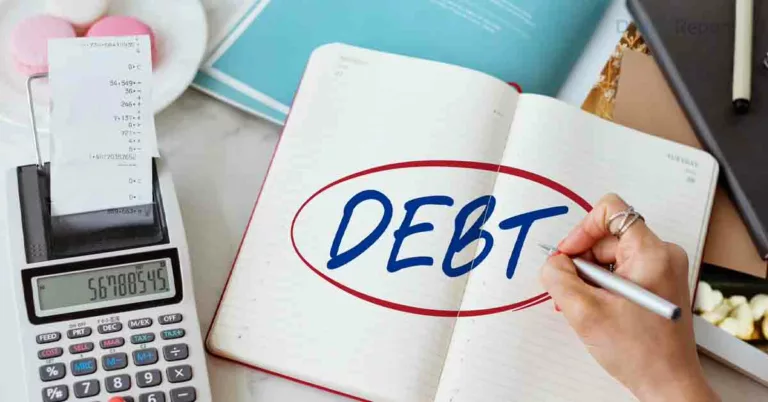Understanding Economic Indicators: Key Factors to Watch
In the complex world of economics, understanding the various factors that influence the health and performance of an economy is crucial. Economic indicators serve as valuable tools for policymakers, investors, and analysts to gauge the overall state of an economy and make informed decisions. These indicators provide insights into the trends, growth, and stability of different sectors, and help identify potential risks and opportunities. In this blog, we will explore some key economic indicators and discuss their significance in assessing the economic landscape.
1. Gross Domestic Product (GDP)
Gross Domestic Product (GDP) is one of the most widely recognized and important economic indicators. It measures the total value of goods and services produced within a country over a specific period. GDP serves as a comprehensive gauge of an economy’s size and growth. It helps policymakers assess the overall health of the economy and make informed decisions regarding monetary and fiscal policies. Analysts and investors closely monitor GDP to evaluate economic performance and identify trends that can impact business cycles and investment opportunities.
2. Unemployment Rate
The unemployment rate is a key economic indicator that reflects the percentage of the labor force that is jobless and actively seeking employment. It provides insights into the state of the job market and overall economic health. A high unemployment rate can indicate a weak economy, while a low rate may suggest a robust labor market. Policymakers use this indicator to assess the effectiveness of labor market policies and identify potential issues in employment growth. Investors and businesses also monitor the unemployment rate as it can impact consumer spending and demand for goods and services.
3. Consumer Price Index (CPI) and Inflation
The Consumer Price Index (CPI) measures changes in the average prices of a basket of goods and services over time. It is a crucial indicator for understanding inflation, which refers to the general increase in prices. Inflation can erode purchasing power, affect interest rates, and impact the cost of living. Central banks closely monitor CPI and inflation to guide monetary policy decisions, such as adjusting interest rates to maintain price stability. Investors use this indicator to evaluate the potential impact of inflation on investments and financial markets.
4. Interest Rates
Interest rates play a vital role in shaping an economy’s financial landscape. They influence borrowing costs, investment decisions, and consumer spending patterns. Central banks adjust interest rates to manage inflation, stimulate or cool down economic activity, and maintain financial stability. Higher interest rates tend to reduce borrowing and slow down economic growth, while lower rates can encourage borrowing and stimulate economic activity. Therefore, monitoring interest rates is crucial for policymakers, investors, and businesses to anticipate shifts in economic conditions and adjust strategies accordingly.
5. Stock Market Performance
The stock market serves as a barometer of investor sentiment and economic confidence. It reflects the collective expectations and outlook on corporate performance and economic growth. Stock market indices, such as the S&P 500 or Dow Jones Industrial Average, provide insights into the overall performance of the stock market. Investors analyze these indices to assess market trends, potential risks, and investment opportunities. Stock market performance can also impact consumer confidence and spending patterns, making it an essential economic indicator to watch.
6. Trade Balance
The trade balance measures the difference between a country’s exports and imports. It provides insights into the competitiveness of an economy and its participation in global trade. A trade surplus (exports exceed imports) can indicate economic strength, while a trade deficit (imports exceed exports) may suggest underlying weaknesses. Policymakers monitor the trade balance to assess the impact of trade policies, exchange rates, and global economic conditions. Businesses
Conclusion
Understanding economic indicators is crucial for assessing the health and performance of an economy. These indicators provide valuable insights into trends, growth prospects, and potential risks. By monitoring key economic indicators such as GDP, unemployment rate, inflation, interest rates, stock market performance, and trade balances, policymakers, investors, and businesses can make informed decisions and adapt their strategies accordingly. As the global economy continues to evolve, a deep understanding of economic indicators will be essential for navigating the ever-changing economic landscape.







